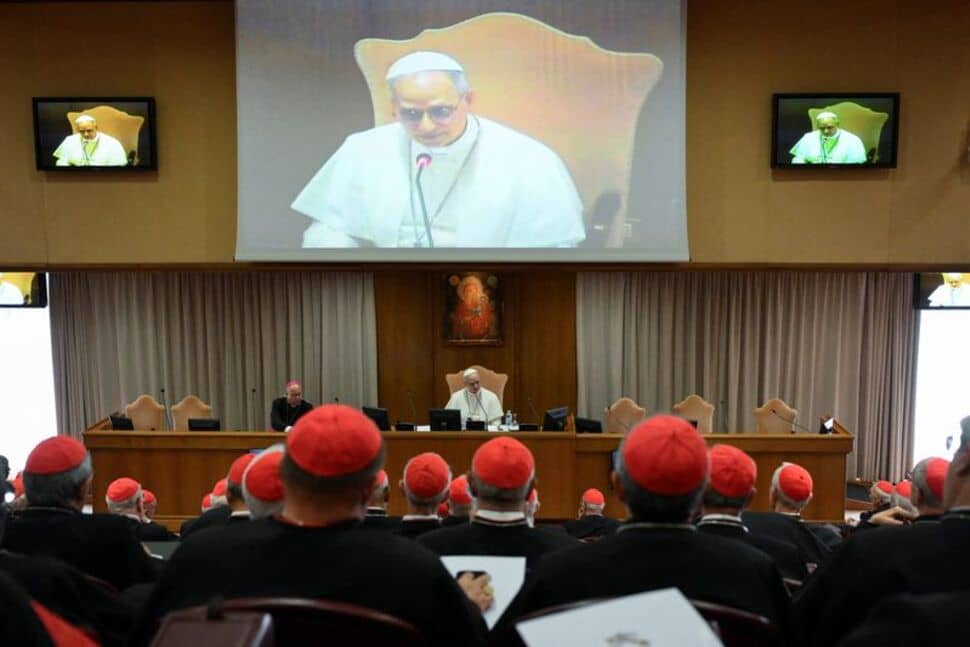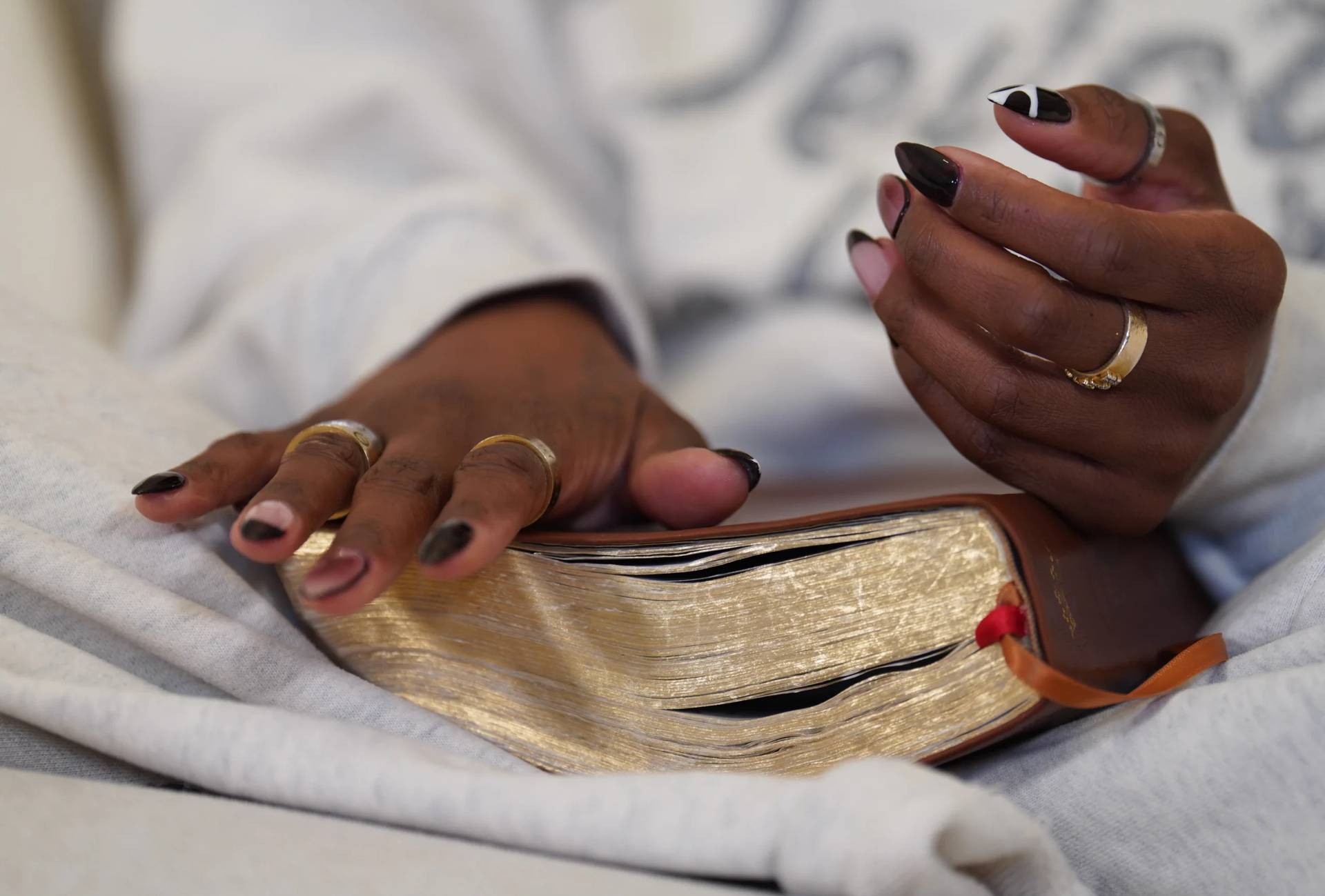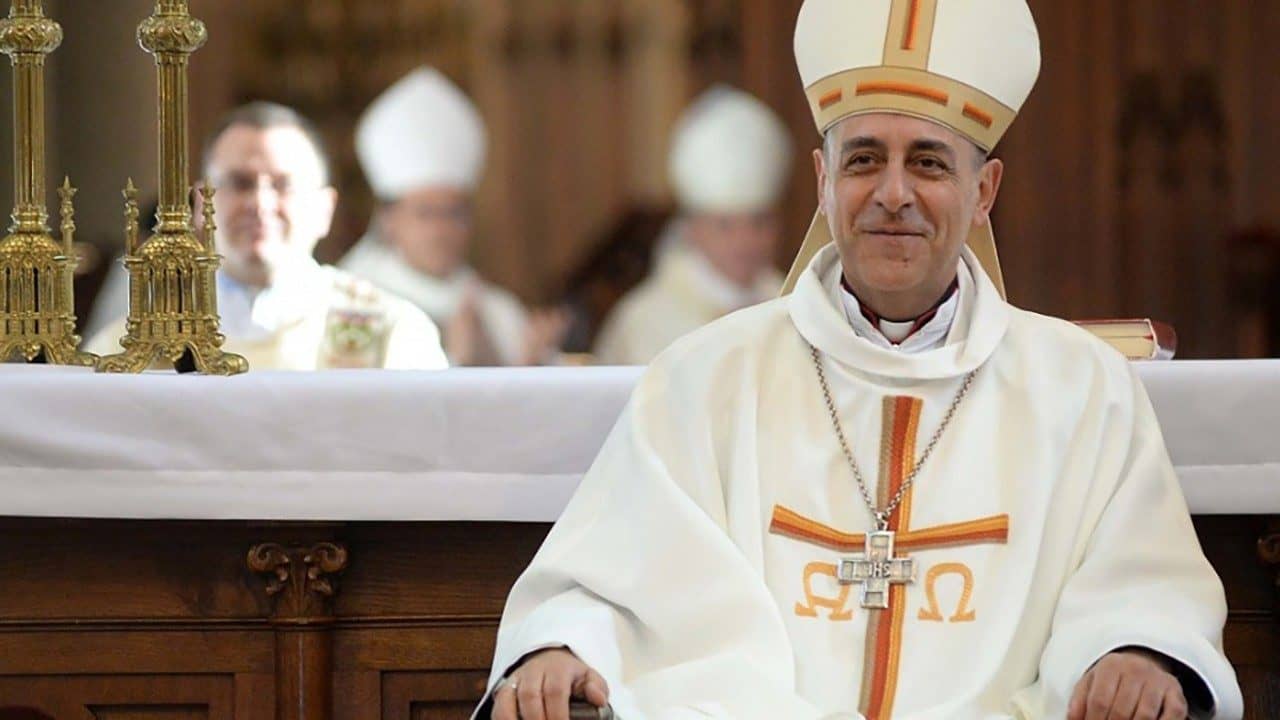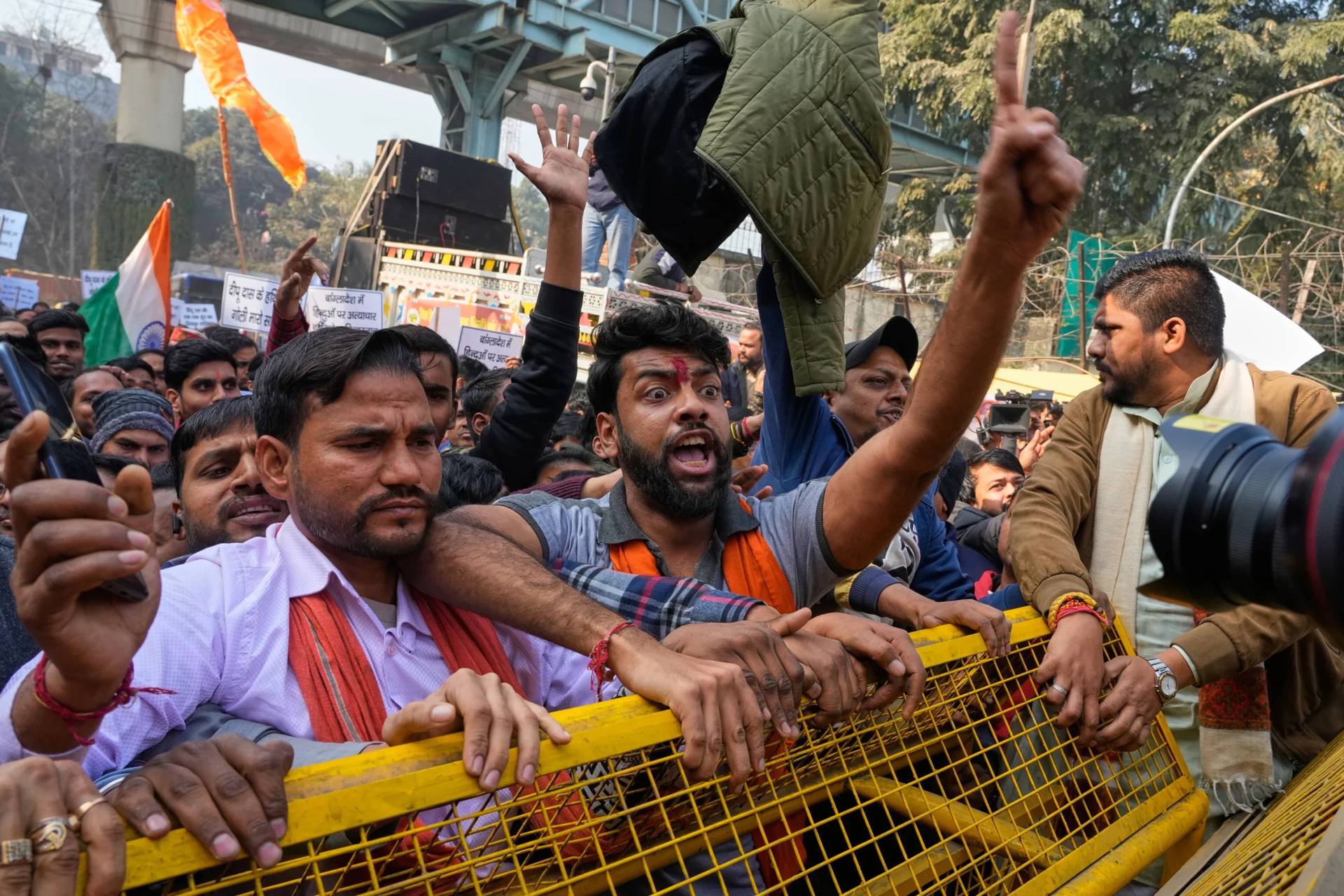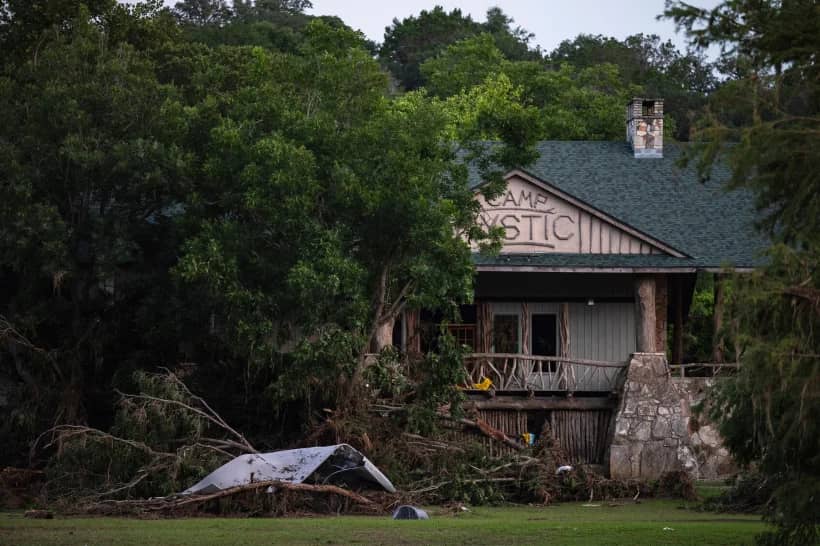ROME – One hopes that no one would consciously set out to take partisan advantage of a global pandemic which, so far, has claimed more than 10,000 lives and left some northern Italian towns piling up corpses because they’ve exhausted the capacity to bury their dead.
Yet there’s no sense pretending there isn’t a risk that discussion of the Church’s response to the coronavirus can’t be swept up into the same ideological dynamics that dominate so much else about Catholic conversation these days. The situation presents itself in especially acute form right now in Italy, which has claimed the world lead in terms of coronavirus fatalities, but we’re also beginning to see it in English-language discussion.
First, let’s sketch the terms of debate.
On the one hand is the urgent public health imperative to limit the spread of the disease by preventing public assemblies, minimizing personal contacts, staying indoors and closing places where people might be tempted to gather. Many dioceses and bishops’ conferences have responded with measures such as suspending public Masses and closing at least some churches to the public.
On the other hand, there’s the equally compelling conviction that times of crisis are when people need the Church most, and that spiritual health is every bit as important as the physical sort. Further, there’s genuine pastoral concern about how people might feel when this crisis has passed if the perception is that the Church was AWOL.
In the beginning, Italian attempts to strike the right balance didn’t come off as especially political.
When the Italian bishops first made the decision to suspend public Masses in early March, Sant’Egidio founder Andrea Riccardi called it “a strong sign of fear, as well as the homogenization of the Church with civil institutions.” Church historian Alberto Melloni said it was an example of “too much bureaucratic laziness,” while famed ecumenical monk Enzio Bianchi declared, “A Christian does not suspend the liturgy!”
Riccardi, Melloni and Bianchi are all figures widely considered center-left in terms of their politics, so this was hardly a right-wing drumbeat, although conservative figures here voiced many of the same concerns.
In part, this may be because Pope Francis himself has attempted to thread the needle fairly artfully.
He’s routinely recommended that people observe the restrictions imposed by the government and often including prayers for civil authorities in his livestreamed daily Mass, saying they have to make hard choices and may feel “misunderstood.”
At the same time, it was Francis who cajoled the Diocese of Rome into reopening parish churches for private visits less than a day after Italian Cardinal Angelo De Donatis announced they would close. It was also Francis’s personal secretary, a Coptic Catholic priest named Father Yoannis Lahzi Gaid, who wrote a stirring social media message over the weekend warning that when the crisis is over, people will abandon the Church if they feel the Church abandoned them.
It was Francis who, during his Angelus address last Sunday, said, “In times of pandemic, [priests] mustn’t be the Don Abbondio of the situation,” a reference to Italy’s most celebrated novel, I Promessi Sposi by Alessandro Manzoni. Abbondio embodies the cowardly cleric who retreated during a 16th century outbreak of the plague; as Manzoni defines him, Abbondio was “a vessel of clay among iron pots.”
As time has gone on, however, the argument against shutting down increasingly has come to be carried by conservative voices, often with an anti-papal edge.
Conservative Italian journalist Camillo Langone issued a scathing verdict after Pope Francis last Sunday left the Vatican unannounced to visit the Basilica of Santa Maria Maggiore, to pray before the famed image of Maria, Salus Populi Romani, and the Church of San Marcello, to pray before a miraculous crucifix credited with saving Rome during an outbreak of the plague in 1522.
“The solitude of this man dressed in white on the Via del Corso … symbolically represented the dissolution, almost the evaporation, of Catholicism, which is a religion and, as such, lives on collective rites,” Langone said.
He clearly would have preferred to see the pope leading a massive penitential procession, leading his people to implore the mercy of God, rather than walking down an empty street by himself in compliance with the “social distancing” that’s part of the anti-coronavirus regime.
Langone also opined that he sees no resemblance between Pope Francis and St. Charles Borromeo, the legendary Archbishop of Milan who led his people in processions barefoot during the plague described by Manzoni.
“When the emergency is over, I don’t know how everything can go back to the way it was before,” he said. “How can you go back to believing in holy water or the real presence of Christ in the Eucharist, if these things were taken away in a hurry, considering them not salvific but rather dangerous?”
Roberto de Mattei, an Italian historian and Catholic traditionalist who’s been a consistent critic of Francis, penned an essay about Borromeo’s leadership during the plague. He never mentioned the pope or today’s crop of bishops, but an unflattering comparison was clearly implied.
Meanwhile in English, First Things editor Rusty Reno argued in a recent essay that Churches should stay open amid the crisis, insisting: “Simply suspending the sacraments suggests that the Church lives in accord with the world’s priorities.”
The opposition to such sentiments was led mostly by well-known liberal commentators and Pope Francis allies such as Massimo Faggioli, who sent the following tweet in response to an announcement by Bishop Richard Strickland in Tyler, Texas, that he was instructing priests to continue to offer adoration and confession despite advice to stay home.
“One of the lessons not learned from the sex abuse crisis: The Church should not be perceived as a threat to public health,” Faggioli wrote.
Papal biographer Austen Ivereigh also dispatched a tweet critical of Reno.
No doubt, those who urge the Church to continue its activities no matter what can draw upon rich historical precedents, including periods of plague.
As Canadian medievalist Danièle Cybulskie wrote recently, “During the Black Death of 1347 (and the years following), priests were faced with the task of stepping into sickrooms, knowing that they faced an unseen enemy that very likely would kill them shortly. Thousands of priests took those steps anyway, risking their lives to give hope and comfort to those in pain and fear.”
In his 2005 book The Great Mortality, historian John Kelly estimates that the death rate among priests during the Black Plague was around 42 to 45 percent, or about 15 points higher than the general population. So many died that as time wore on, fewer and fewer priests were available, and Pope Clement VI later was compelled to issue a general remission of sin for all plague victims who died without a priest to attend them.
There’s much to be said for such a willingness to sacrifice, rooted in Catholic tradition and pastoral anxiety not to leave people alone. There are also equally real responses, however, based on the urgent need to contain the pandemic and save lives. It’s a fair question what choices priests might have made seven hundred years ago had they better understood the nature of viral diseases and realized that their presence might not put merely their own health in jeopardy but that of others.
A serious conversation is called for about what sanctity, heroism and pastoral presence require in this moment, informed by the best scientific and medical counsel as well as the best of the Church’s tradition.
For that exercise to be productive, however, one hopes it doesn’t become infected by a contagion every bit as virulent in our time as the coronavirus itself – the ideological weaponization of absolutely everything, including a plague.
Follow John Allen on Twitter: @JohnLAllenJr
Crux is dedicated to smart, wired and independent reporting on the Vatican and worldwide Catholic Church. That kind of reporting doesn’t come cheap, and we need your support. You can help Crux by giving a small amount monthly, or with a onetime gift. Please remember, Crux is a for-profit organization, so contributions are not tax-deductible.







